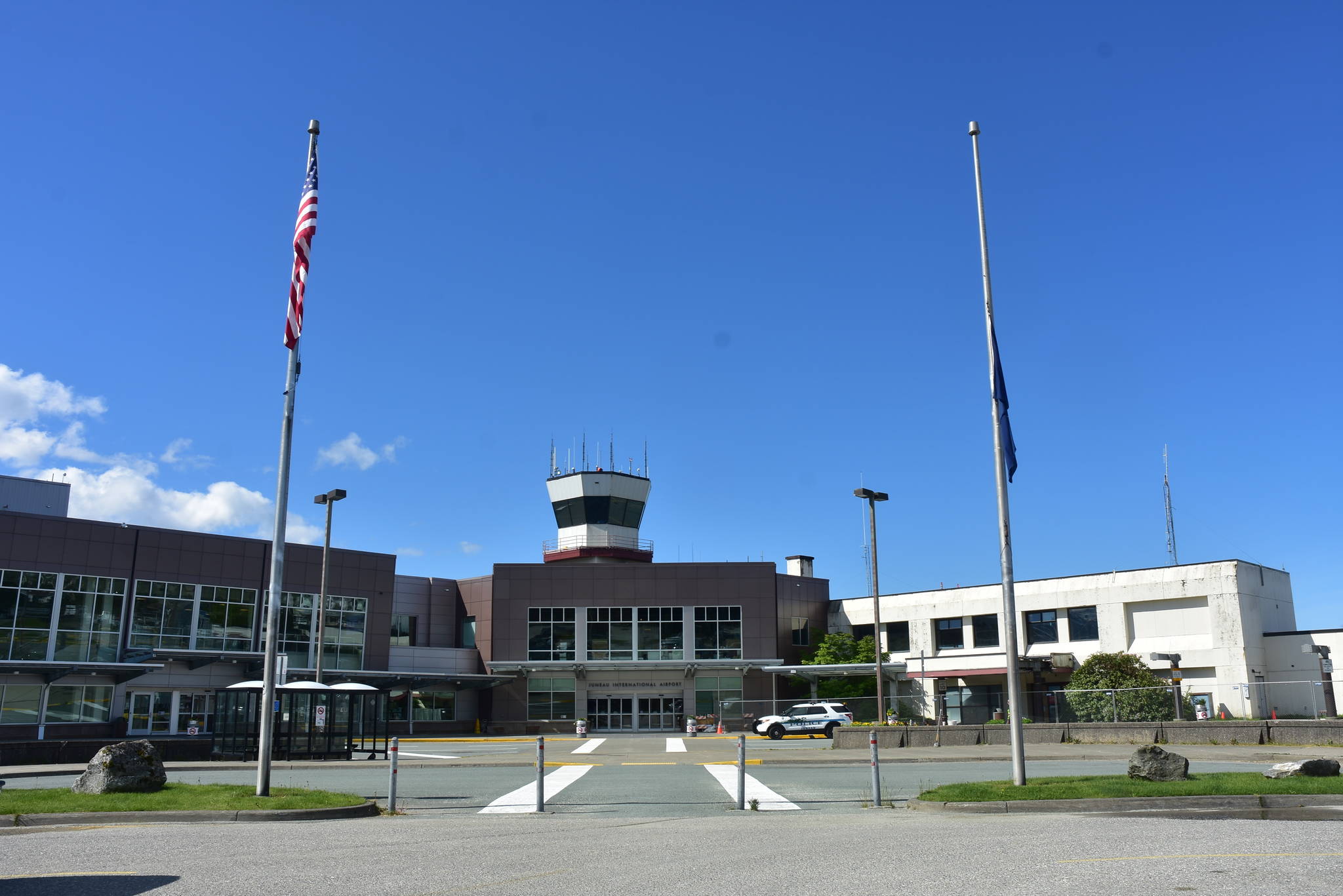New travel restrictions for both Alaskans and nonresidents coming into the state will go into effect on Aug. 11.
The details of the revisions have been discussed at prior news conferences, but Thursday, the state released the text of the revised travel mandate and Alaska Department of Health and Social Services sent out a news release detailing the changes.
[Governor updates travel restrictions]
All travelers will need to complete a travel declaration form and self-isolation plan in the Alaska Travel Portal, according to Alaska Department of Health and Social Services. All travelers with negative results must still follow strict social distancing for 14 days after arriving into the state or until the traveler receives a second negative test result from a test taken 7-14 days after arrival.The five-day pretest option is no longer available for any travelers.
For nonresidents, a test will be required 72 hours before departure, according to DHSS, and they will have to upload negative results to Alaska Travel Portal or have the results available to show screeners. If results are still pending at the time of travel, travelers will need to upload proof of a test taken or have that proof on hand to show to screeners.
Nonresident travelers awaiting results will be able to self-quarantine at their expense while waiting for results, which must be uploaded to the portal when received, according to DHSS.
If a nonresident has not been tested within 72 hours, testing will be available onsite for $250 per test. Travelers will have to quarantine while awaiting results. A 14-day quarantine is no longer an option for nonresidents.
Residents should be tested within 72 hours of departure; however, testing on arrival remains available at no cost to Alaska residents, the 14-day quarantine is still available to residents and residents traveling within the state will be able to be tested for free at airport sites, according to DHSS. The testing for in-state travel is to mitigate risk of spreading COVID-19 to small villages.
Proof of Alaska residency can be shown with a driver’s license or ID, a tribal ID, active-duty military ID or active duty dependent ID, according to DHSS. A letter on employer or school letterhead can be used for a person starting schooling or employment in Alaska.
Critical infrastructure employees will no longer be able to use state-funded testing at airport sites, according to DHSS. Critical infrastructure companies and organizations will be asked to provide employees with a letter on company letterhead stating the traveler is a critical infrastructure working traveling for work. The letters must include travel plans and confirm that the traveler is following the employer’s plan on file with the state.
The full mandate can be read below.

